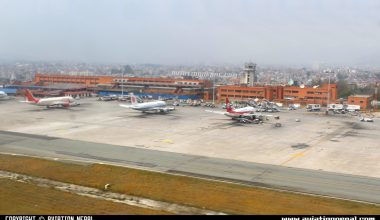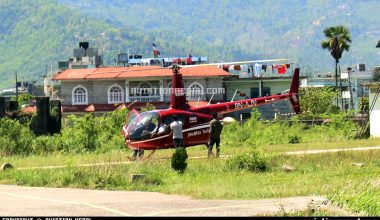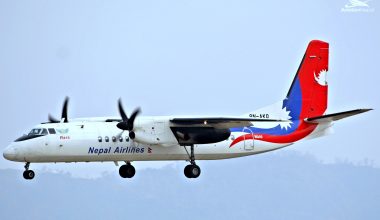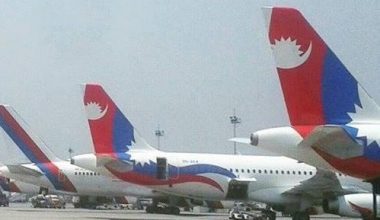Ministry of Culture, Tourism and Civil Aviation (MoCTCA) has framed the ‘Tourist Search, Rescue, Medication and Monitoring Guidelines-2018’ to make necessary arrangement for effective implementation from Nepal government to mitigate the impact-induced from natural and other disasters likely to face by the tourists during trekking, water-adventure, mountaineering and other adventurous tourism activities, by making quick, easy, simple, well-managed, reliable, safe and economic to the search, rescue and medication as well as by making authentic agencies that manage such activities.
This guideline is subject to the MoCTCA, Department of Tourism, agencies, trekking guides and tourists.
As per the guideline, no one should engage tourists in adventurous activities without taking permission from the department of tourism. A trekking company must engage tourists in adventure activities under the supervision of a trained guide. The guide must have obtained a license from concerned authority after necessary training. Tourists, on the other hand, must have procured appropriate ‘travel insurance’.
Taking tourists to their destination and return them back safely must be the core responsibility of the agency and the guide. Besides, tourists must be treated with decorum and respectful manner.
In case of search and rescue of tourist, the concerned agency shall have the primary obligation to search immediately if any tourist or helper goes missing or disappeared being affected from natural or other disasters in the course of adventurous activities. If the search is not possible and a separate search and rescue are required then the same agency shall have obligation to do or cause to do search and rescue operation with the support of the specialist person, organization, agency, rapid means including air service or helicopter.
However, the air service or helicopter engaged in rescue work is prohibited to transport other passengers and materials in the same flight, except the rescued tourist, his/her helpers, and the goods.
While providing notice and information, the concerned agency must disclose the name, nationality, passport number or any other Identity card number that discloses identity of the tourists, confirmed details of the destination location or area to go for search and rescue as well as the person, association, organization, agency, air service or helicopter companies requested for support.
All air-service provider companies or helicopter companies engaged in tourist rescue should, within fifteen days after end of every season, provide the Committee with details of the number of rescue operation flight, location and fare amount. Similarly, the hospital and the health institutions involved in the treatment of the tourist rescued and brought for treatment should, within fifteen days after discharge of such tourist, provide the Committee with the details of the cost incurred to his/her treatment.
The concerned committee is required to fix the maximum limit of fare of air service and helicopter for rescue flight on the basis of flight time, distance, and height coordinating with Civil Aviation Authority of Nepal, Air Service Operator Association, Insurance Company and concern association.
Moreover, Nepal-based any agent of a foreign insurance company is not allowed to engage in any work related to the search, rescue, and treatment of the tourist victimized from disaster.
If else one is found to have violated the provisions mentioned in this guideline, then the committee shall have to send it to the concerned body for taking strict action according to the prevailing law.
Related News:
‘Fake Rescue Case’ troubles tourists as Insurance Companies hesitate to issue Travel Insurance






